Benefit of the grout: the fine art of tiling
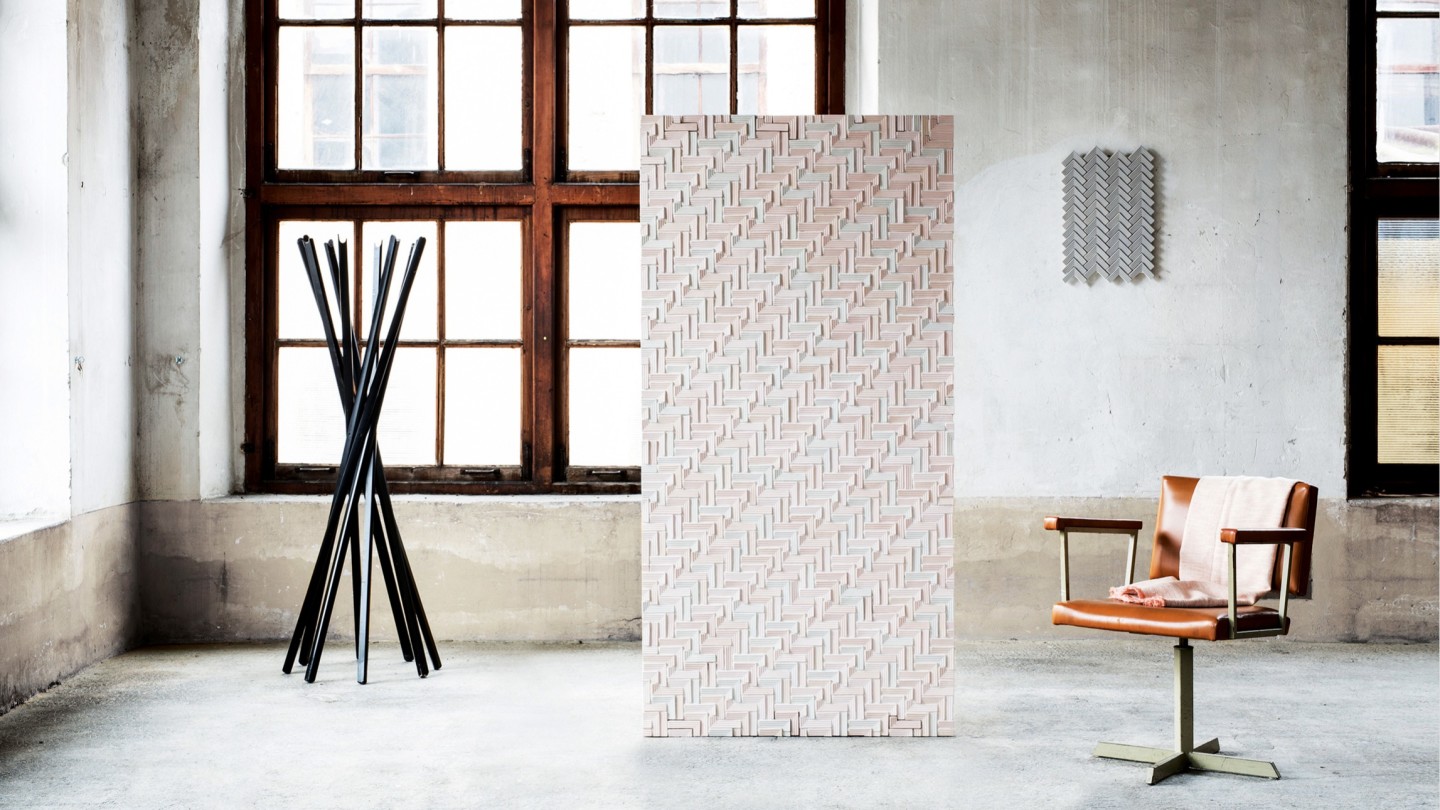
Roula Khalaf, Editor of the FT, selects her favourite stories in this weekly newsletter.
Some of the most striking examples of public art in cities around the world explore the medium of tiles. Several bring life and colour to subterranean spaces: from pop art pioneer Eduardo Paolozzi’s mosaic murals on the London Underground (glorious technicolour interpretations of the cityscape completed in 1986) to artist Elizabeth Murray’s kaleidoscopic Blooming mural (1996) and Chuck Close’s photorealistic Subway Portraits (2017), which were installed on New York’s subway. Theirs, like much public art, is a postmodern two-fingered salute to sterile urban planning, and a means of bringing art to the masses.
Antoni Gaudí, the father of Catalan modernism, explored trencadís (a technique used to cover abstract forms with mosaics) to transform parts of Barcelona into his own works of art, his buildings an organic ode to the asymmetry of the natural world. The surrealist painter, sculptor and ceramicist Joan Miró, who was born in the same city, also took his art to the streets, and his colourful abstract Pla de l’Os mosaic can still be seen on the pavement at the centre of La Rambla.
Like Miró, Pablo Picasso was a keen ceramicist, experimenting with earthenware, specifically terracotta, to create painted plaques following his visit to the Madoura Pottery Studio in southern France in 1946. Both artists also shared common ground in creating public artworks destined for Chicago – now a mecca for urban art where the most evocative are to be found in the city’s “The Loop” district. Although Miró and Picasso’s offerings did not feature tiles, Chicago is a metropolis bursting with bright, colourful mosaics, most notably Marc Chagall’s Four Seasons at the Chase Tower Plaza. Unveiled in 1974 (when the artist was 87), it was the last of over 20 public-art mosaics produced by Chagall, and its surrealist motifs reflect key themes of his work.“The seasons represent human life, both physical and spiritual, at its different ages,” he stated.
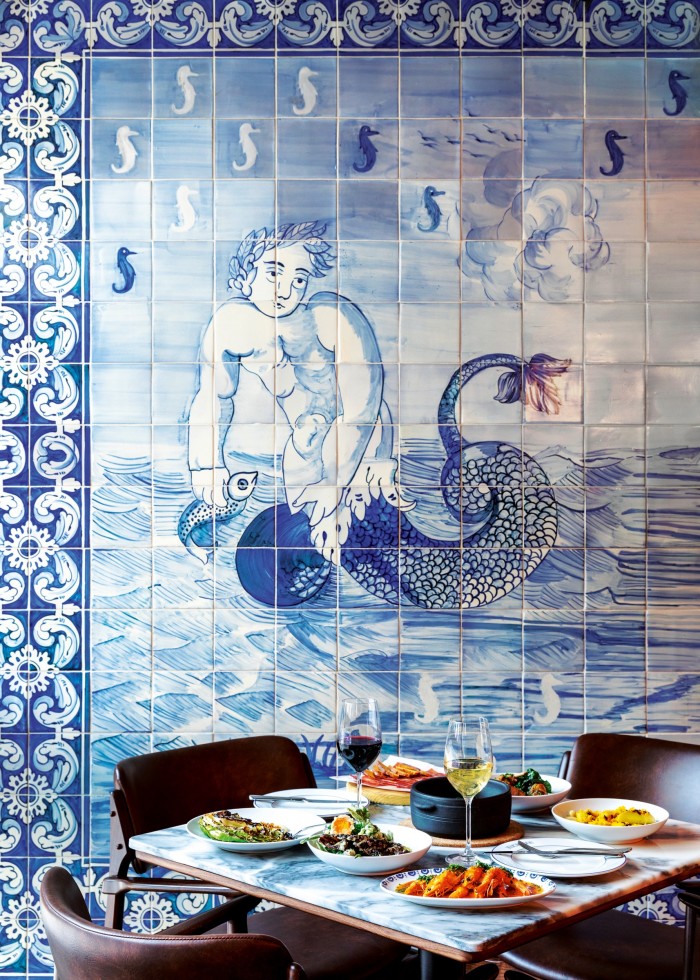
Contemporary mosaic artists working today include French street-artist Invader (who has used the pavements of cities worldwide as a canvas for his mosaics of Space Invaders and other video-game icons) and Philadelphia-based Isaiah Zagar, the mind behind the city’s Magic Gardens, an installation where the tiles are inlaid with poetry, quotes and the names of artists who have inspired him, as well as portraits. Fellow American Sonia King views mosaics as “opening a creative dialogue between the artist and the viewer. A dialogue guided by the interplay of light and texture.”
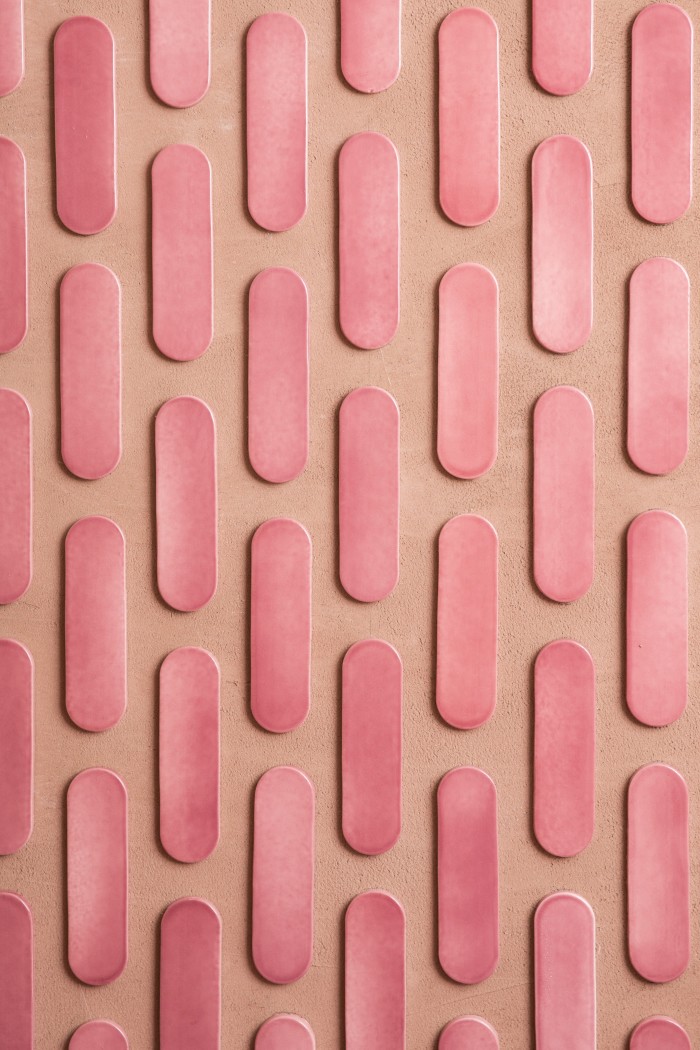
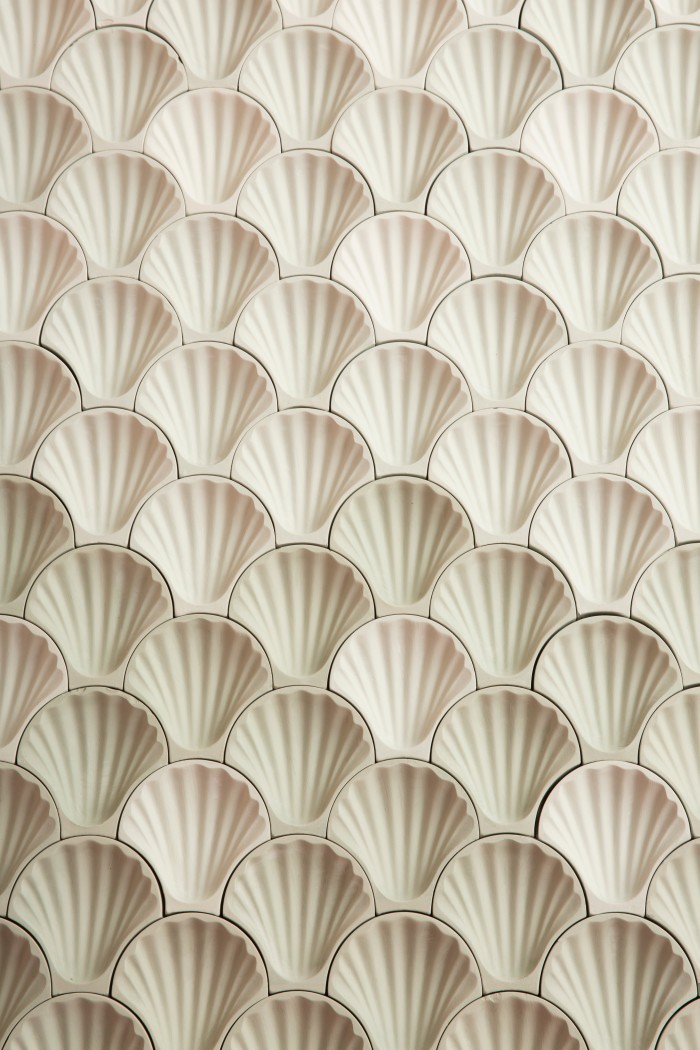
There are several UK-based artists of note too, not least Peter R Mason, Emma Biggs, Ed Chapman and Gary Drostle. The latter, whose public works include Entwined Histories, a twisting organic sculpture created to celebrate the immigrant communities of Poplar in east London, cites Italian artist Marco Bravura’s tesserae-clad works as a revelation, in particular, his undulating Ardea Purpurea fountain (1999) in Beirut, Lebanon. Bravura, born in Ravenna (the capital of Byzantine mosaics), has been a flagbearer for the artform, displaying works at the Venice Art Biennale and the Moscow Biennale in 2011. But, in truth, this is a small, select group. Some of its number describe themselves as architectural artists, while on a more general level, the association of tiles with the practical and everyday has meant they are more widely aligned with craft and design.
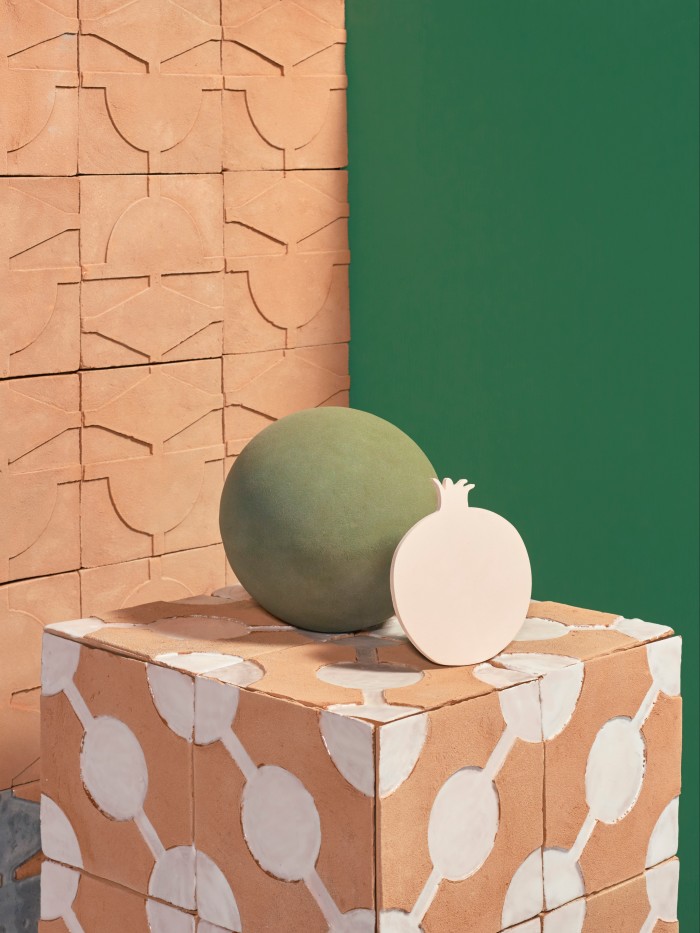
Of course, these lines are ever blurred, and contemporary designers on the other side of the divide are exploiting the intersection of art, craft and design to create tiles that allow for new expression in the home. Milan-based designer-architect Cristina Celestino has turned the plumage of birds into modern scalloped mosaics, reworked geometric shapes into three-dimensional wall sculpture and, in her latest collection, transformed the aerial views of garden landscapes into bold bas-reliefs.
Like Picasso in the 1940s and ’50s, Celestino’s current obsession is terracotta – a basic material lent refinement when fused with her contemporary motifs. “It’s a very raw material – the result of the subtle alchemy between water, earth and fire,” she says. She wants her tiles to be used in unexpected ways in the domestic setting: “They would work well as a boiserie in the living room or cladding a ceiling.”
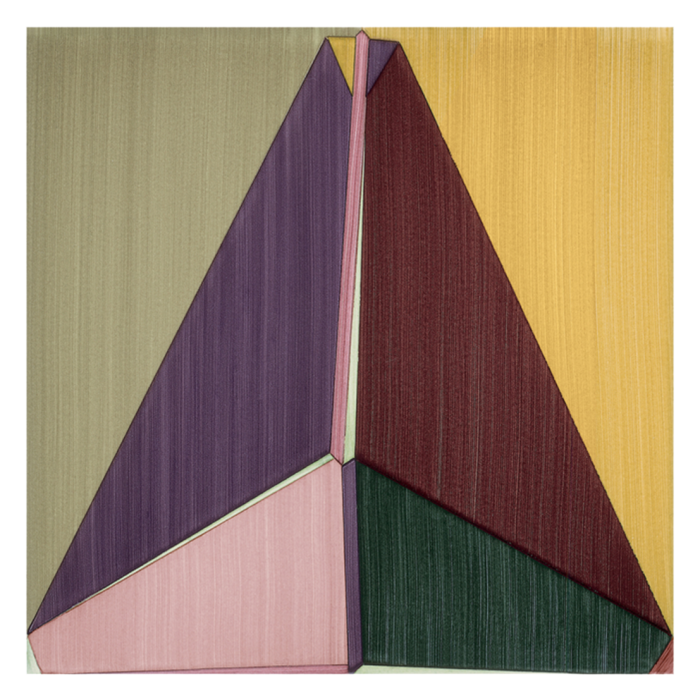
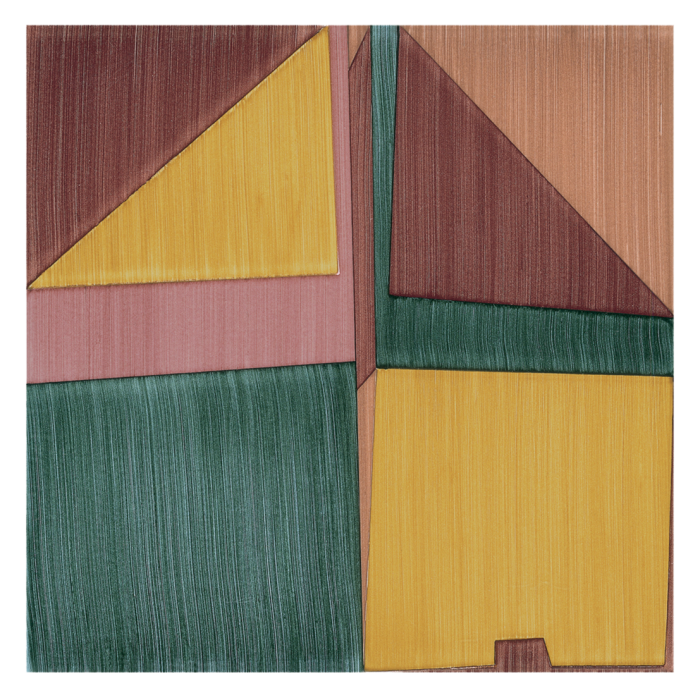
Britt Moran and Emiliano Salci of Dimore Studio, moreover, unapologetically describe their stoneware Corrispondenza tiles (which depict abstract images) as artworks inspired by the landscapes of painter Giorgio Morandi and the neatly folded letters of Gio Ponti.
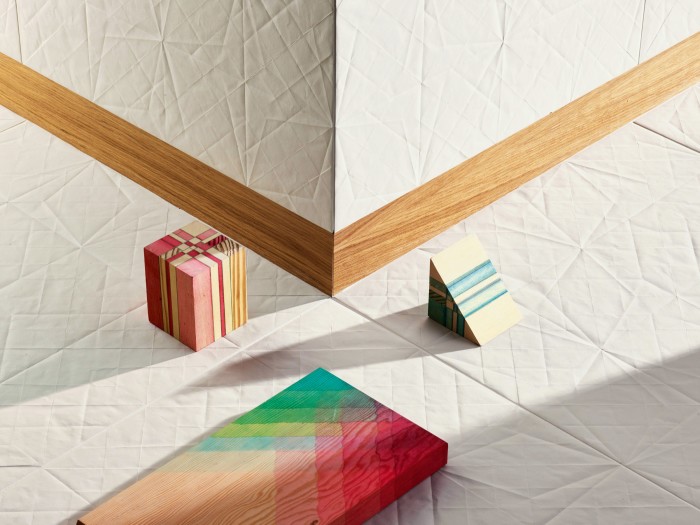
Architecture is a key influence on design. Studiopepe’s latest lacquered ceramic Haiku tiles are tactile, Tetris-like mosaics referencing the architecture of Carlo Scarpa and the aesthetic nuances of Japan. “The tiles are small but evocative and can be combined together in many ways to create new patterns,” say co-founders Arianna Lelli Mami and Chiara Di Pinto. Tile brand Mutina’s simple, architectural aesthetic, meanwhile, is shaped by a series of high-profile collaborations: from Memphis founder member Nathalie du Pasquier to Japanese artist-designer Tokujin Yoshioka.
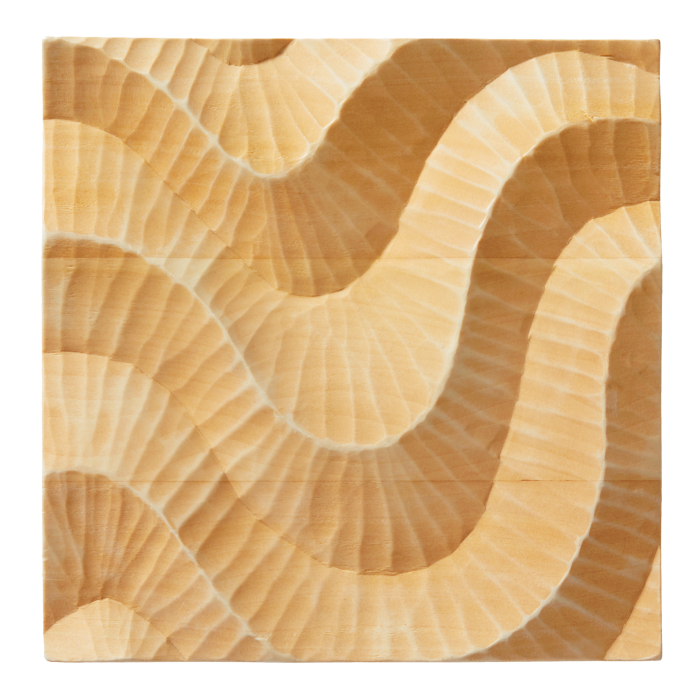
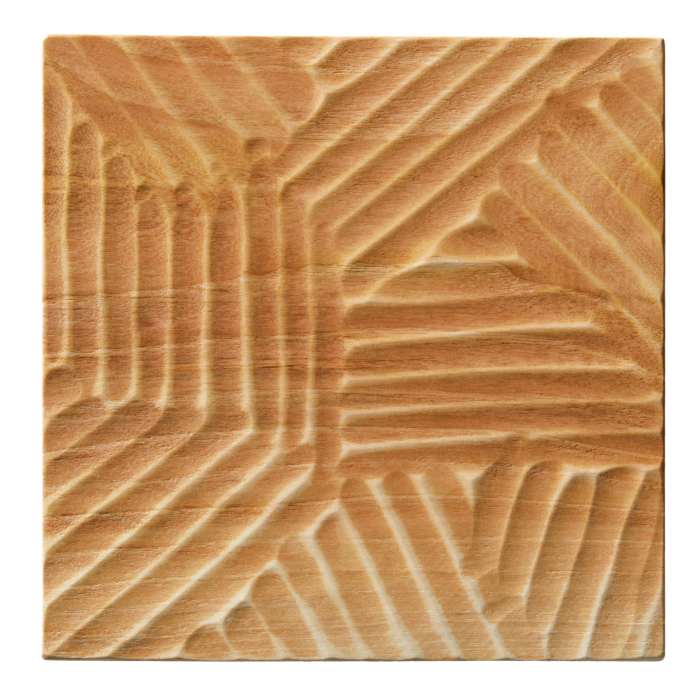
Often, simplicity is elevated by textural and sculptural detail, and explored in new materials. Fameed Khalique, who sources and supplies materials and surfaces for interior designers and architects, has recently introduced hand-carved tiles with relief patterns crafted from linden and Italian walnut. “They are made with traditional techniques such as hand-planing and hand-gouging, but in very modern forms,” he says.
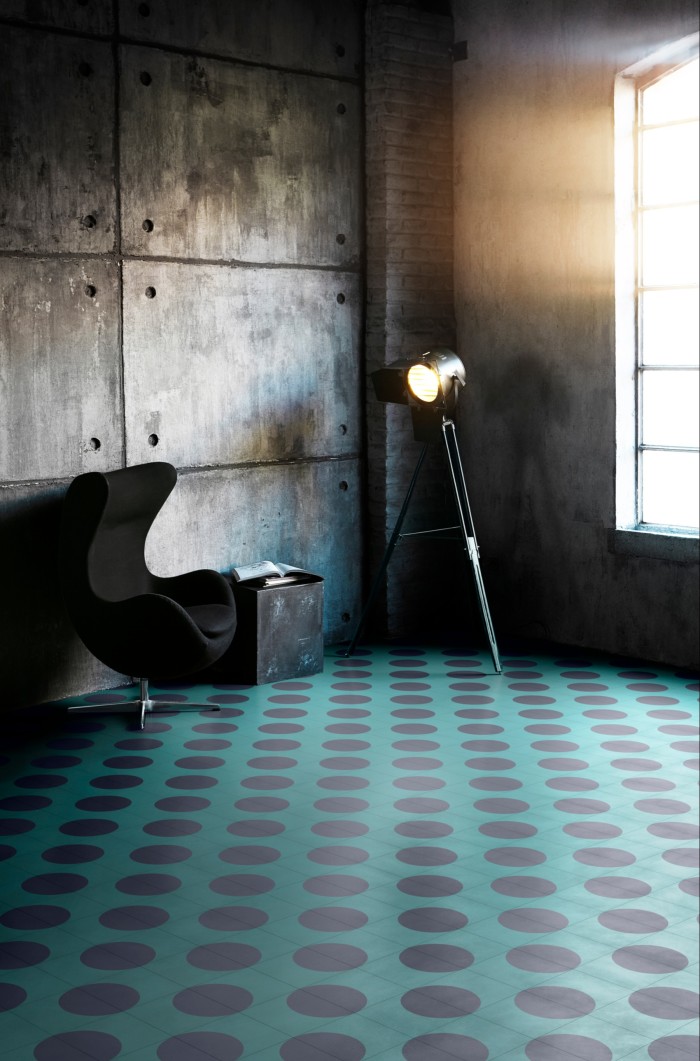
Becky Metcalfe of London’s Chelsea Design Centre has seen an increase in consumer demand for craftsmanship across the board. “Tactility has never been more important, with many designs hand-cut in stoneware clay or rolled out by hand,” she says.
There is also a revival of designs emanating from countries where tiles are integral to the architecture and vibrant culture: the richly coloured motifs of Majolica tiles spring to mind, as do the geometric Zellige patterns of Morocco, and the decorative detailing of Lisbon’s Azulejos designs.
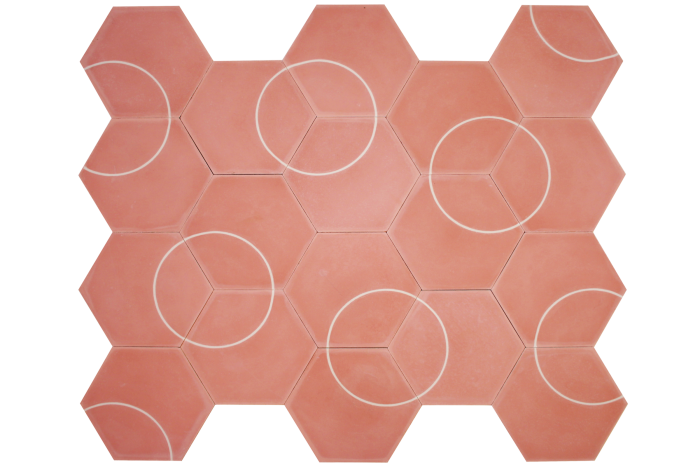
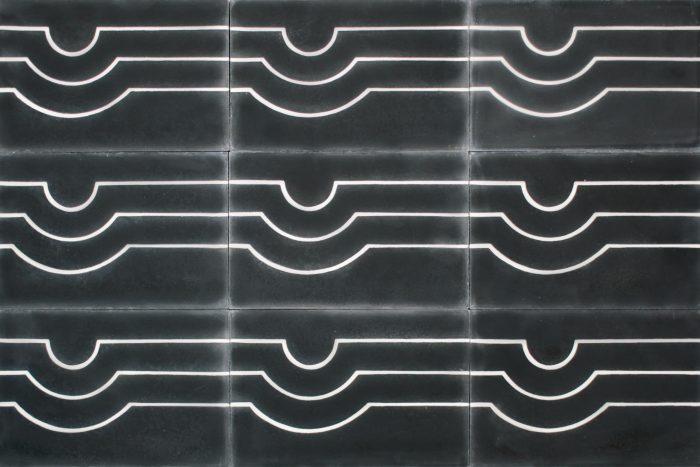
“Moroccan tiles have remained so popular because they are constantly reinvented,” says Caitlin Dowe-Sandes of Popham Design, whose tile atelier is based in Marrakech. “The traditional designs, which were themselves modelled on ancient mosaic tilework, are now inspired by many other things: from nature to organic brushstrokes and art allusions.
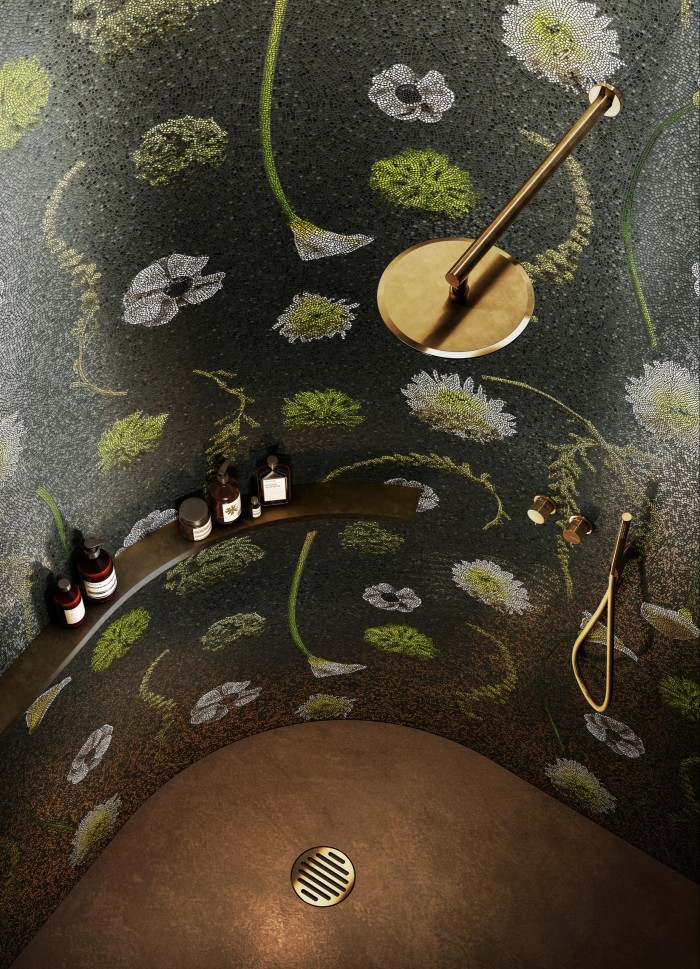
Mosaics, of course, continue to be reimagined. Khalique, for example, has begun working with Mutaforma, a company using nanotechnology to transform the optical quality and colour of its tesserae. Just what can be achieved with mosaics in a modern setting can be seen at London’s Corinthia Hotel, where the colourful walls of its garden room were designed by David Collins Studio and mosaic artist Mathilde Jonquière in 2015. And American designer Kelly Wearstler – who has also featured tiles in her interiors for Proper Hotels – has launched a new collection that includes stone mosaics with architectural detailing.
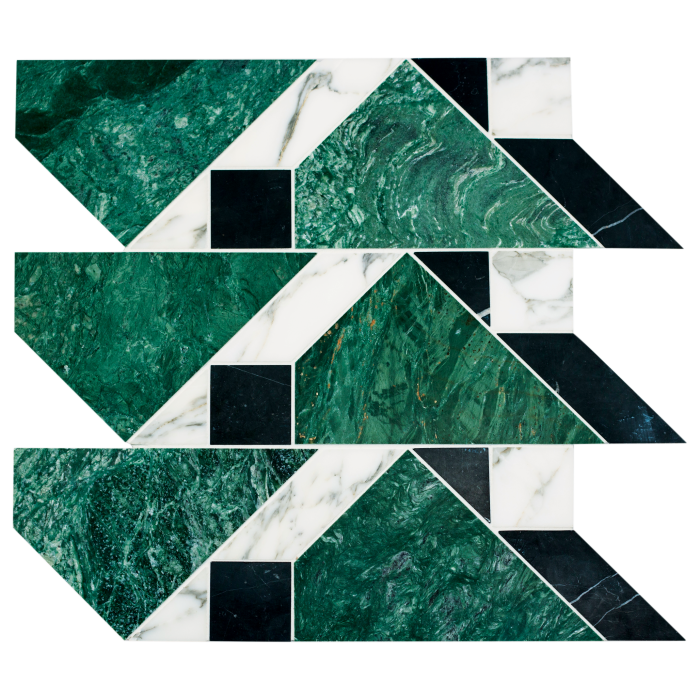
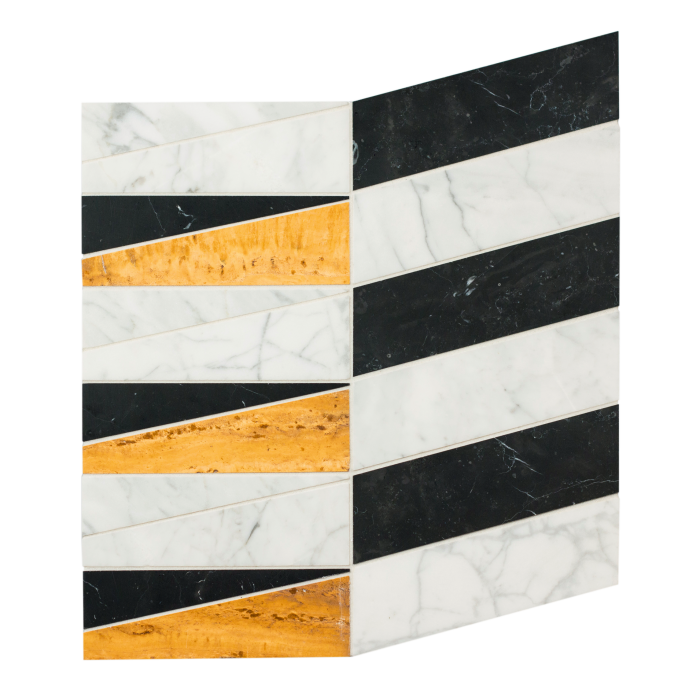
Contemporary mosaic companies such as Bisazza continue to innovate through collaboration, most notably with Alessandro Mendini, who served as the company’s art director from 1995 to 1999 and used its tiles for landmark architectural projects such as the Groninger Museum in Holland. His name has been joined by an illustrious list of designer co-creators: Andrée Putman, Ettore Sottsass and, in its newly released collection, Fornasetti. One can only imagine that if the Romans and Pompeians were given a glimpse of the future, they would approve.
Comments